The Binh Minh Domesticated White Leg Shrimp
- Description
- Product specification
- Shrimp nursery and stocking
- Farmed shrimp
- Successful ponds
- Reviews (0)
Good stock is the beginning of all success
A type of shrimp seed is not always suitable for all farming environments. Environment and genetics are interrelated. A shrimp seed that is suitable for one environment may not be suitable for another.
Currently, the disease is one of the biggest challenges in the shrimp farming industry. For Binh Minh domesticated white leg shrimp, we choose according to the disease resistance of the broodstock. When the environment is a challenge, you should choose the safe method. Our stock is suitable for ponds with a difficult environment to control. They have high resistance to help against diseases such as WSSV and AHPND. Besides, they also help increase the survival rate in severe weather environments. If you want shrimp to grow fast in harsh environments, you can choose our shrimp line with good growth and disease resistance.
Binh Minh domesticated white leg shrimp has a high survival rate even when the culture period is longer than 90 days.
According to statistics, the average feed conversion ratio is less than 1.3 when shrimp reach a size greater than 23 g.
Average daily growth (ADG) ranges from 0.3 to 0.7 g depending on stocking density, water quality, feed, and other factors.
The growth rate is recorded:
For the industrial white leg shrimp farming model: the density is about 50 – 80 individuals/m2. Reaching a size of 50 -60 fish/kg after two months of culturing.
Our stock is strictly controlled. We monitor the health status of broodstock at different stages. Our broodstock source is certified specific pathogen-free (SPF), which means they are free of any of the following listed pathogens:
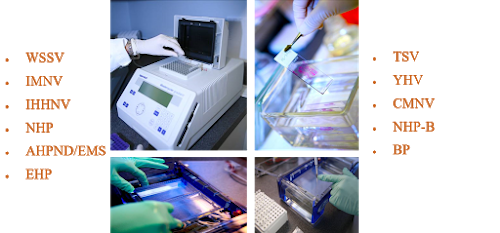
Binh Minh Aquaculture Development Co., Ltd
Youtube: https://www.youtube.com/channel/UCHgvogsXIXPSkEJcqspT9xQ
Fanpage FB: https://www.fb.com/tomgionggiahoabinhminh
Shrimp nursery and stocking
Master Huynh Duy Phong – Binh Minh Aquaculture Development Co., Ltd
Preparing nursery pond is an important step in the extensive shrimp farming model. It is also one of the factors determining the success of farming. The purpose of the nursery pond is to improve the shrimp survival rate before stocking them in the pond.
For successful shrimp farming, we should consider nursery ponds like culture ponds. To have a good and effective nursery pond, we need to pay attention to the following issues as below:
1/ Preparing the nursery pond :
- Area: It accounts for about 5-10% of the pond area.
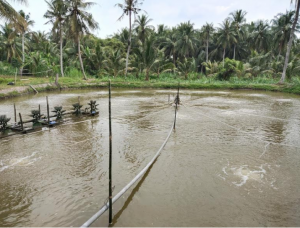
- Instruments: preparing from 1-2 paddle wheels (10-20 propellers) or installing more aerators in the pond bottom.
2/ Renovating and treating water of nursery ponds:
- Drying the pond bottom or draining off the water. Using limes at a dose of about 30 – 60 kg/1000 m2 for acid-soil areas.
- Taking water into the nursery pond through filter bags to remove trash fish.
- Depth: about 1.2 – 1.4 m.
- Using Hat Sinh Hoc Phu Dien after taking enough water into the pond for two days. It helps create watercolor and natural food resources such as worms, rice snails, and copepods.
- Using paddle wheels from 8 am to 4 pm daily after using the Hat Sinh Hoc Phu Dien
- Adjusting environmental factors: pH from 7.5-8.3, alkaline > 120 mg/l
3/ Selecting and stocking postlarvae: After treating the water for 7-10 days, the watercolor and natural food has stabilized, we start stocking.
- Selecting reputable, quality, disease-free from postlarvae hatcheries.
- Choosing postlarvae that are highly adaptable to severe environmental conditions and have high disease resistance.
- Stocking in the early morning or late afternoon.
- Acclimating shrimp with ponds water about 1-2 hours before stocking in clean plastic buckets with aeration.
Acclimating shrimp before stocking
4/ Stocking density:
- Density:
+ Black tiger shrimp: 10 – 20 shrimps/m2
+ White leg shrimp: 25 – 30 shrimps/m2
5/ Taking care of postlarvae:
- Feeding shrimp from 3 – 4 times per day.
- Using paddle wheels after feedings from 2 – 3 hours (oxygen > 50mg/l)
- Periodically using probiotics from 5-7 days per time.
6/ Shrimp nursery time:
- In the range of 25 – 35 days, depending on the farmer’s purpose and the weather condition, the nursery time is long or short .
7/ Renovating and treating water of culture ponds:
- During the nursing period, you should renovate ponds in the same way as the nursery pond. However, you don’t need to set up paddle wheels.
- The depth of water in the nursery pond is from 0.5 – 0.7 m.
8/ Transferring shrimp from nursery pond to farming pond:
- Adjusting environmental factors between ponds and nursery ponds relatively equally.
- Transferring shrimp after they reach the size of 800 – 1000 individuals/kg.
- Transferring shrimp in the early morning or late afternoon.
- There are several ways to transfer shrimp. The best way is to discharge the water from ponds to the nursery ponds, combined with using food as bait.
- Density:
+ Black tiger shrimp: 1 shrimp/m2
+ White leg shrimp: 5 shrimp/m2
9/ In case there is no fixed nursery pond and no equipment such as paddle wheels or aerators:
- Using nets or plastic tarps occupying about 5-10% of the pond area to make nursery ponds.
-
Renovating nursery ponds in the same way culture ponds.
- Density:
+ Black tiger shrimp: 10 shrimps/m2
+ White leg shrimp: 25 shrimps/m2
- We recommend you not stock for the next crop if there is no fixed nursery pond because the survival rate will be low.

10/ Note that the better the nursery pond, the higher the survival rate. In addition, it is also significant to the success of the crop.
Successful ponds
Reviews
There are no reviews yet.

 Tiếng Việt
Tiếng Việt 中文 (中国)
中文 (中国)
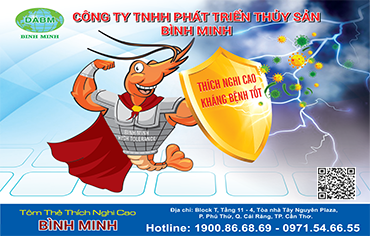
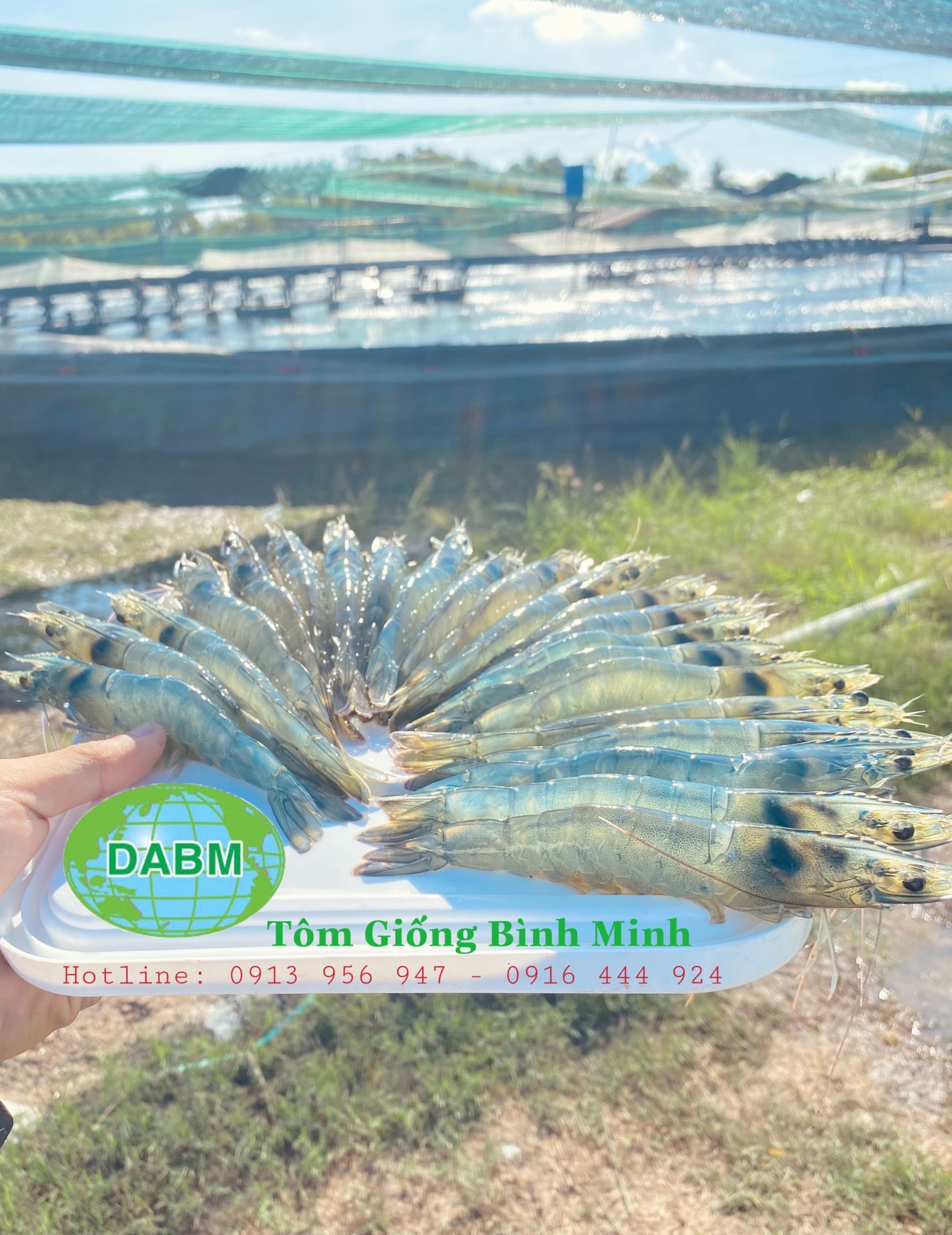
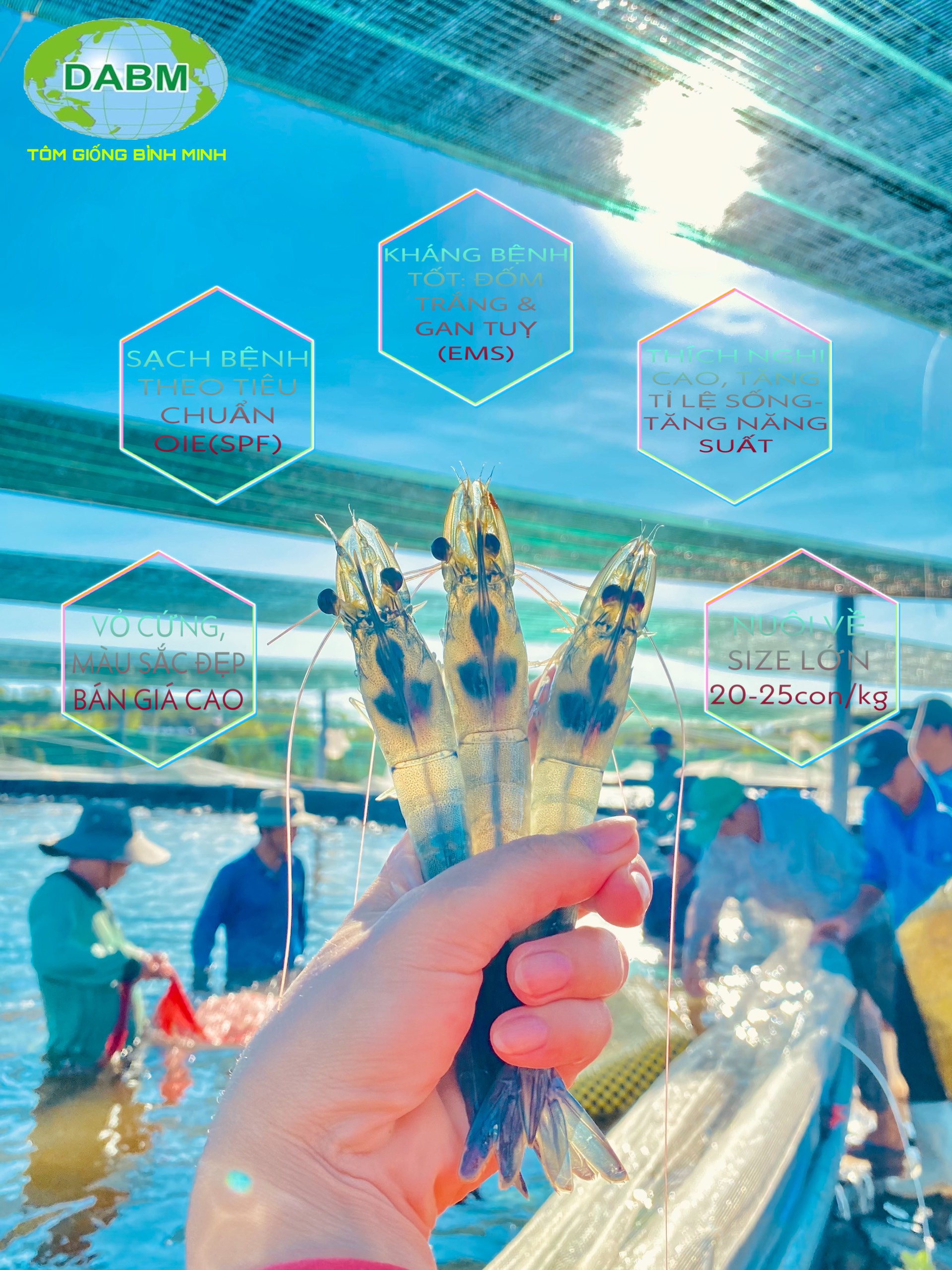
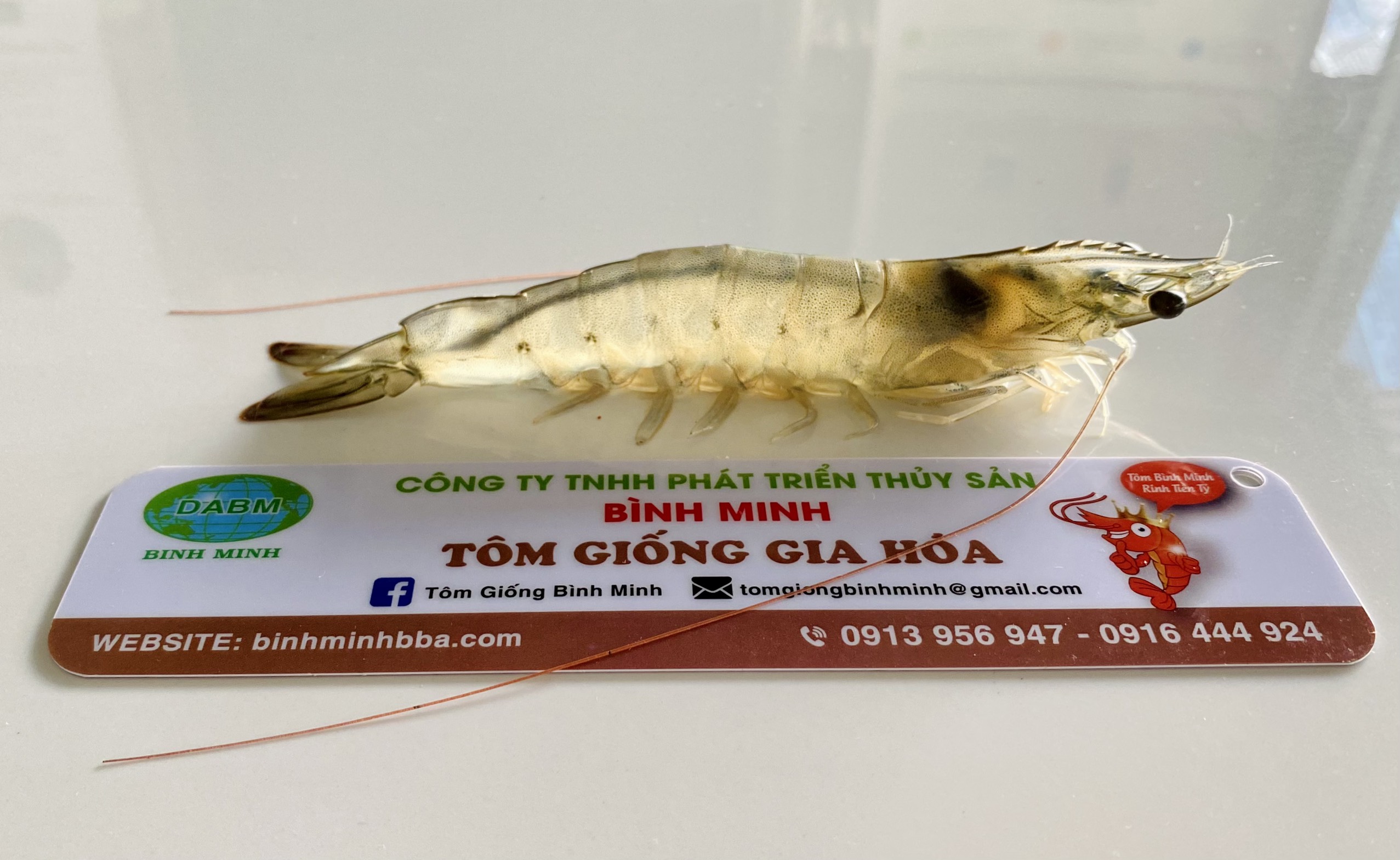
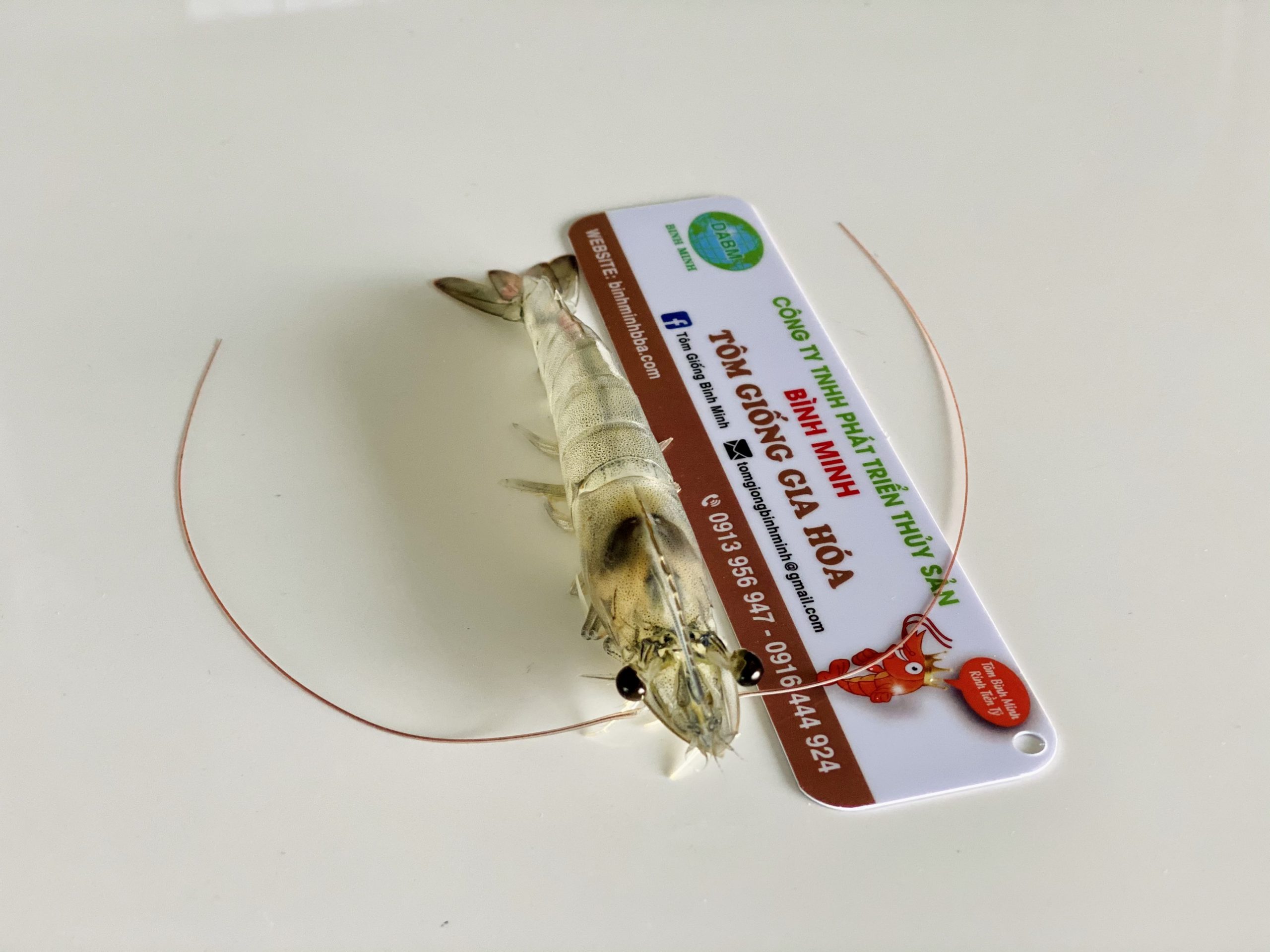
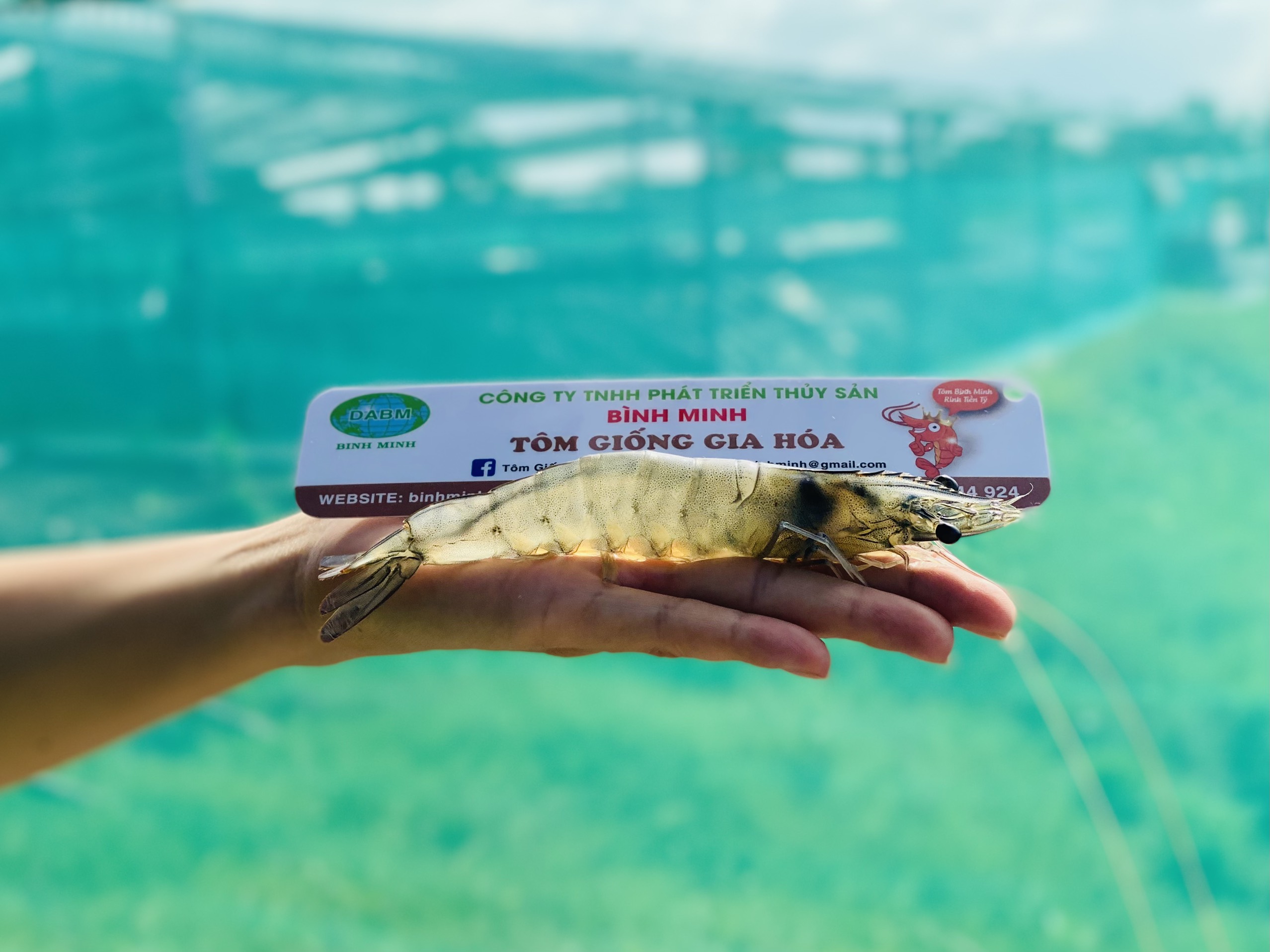
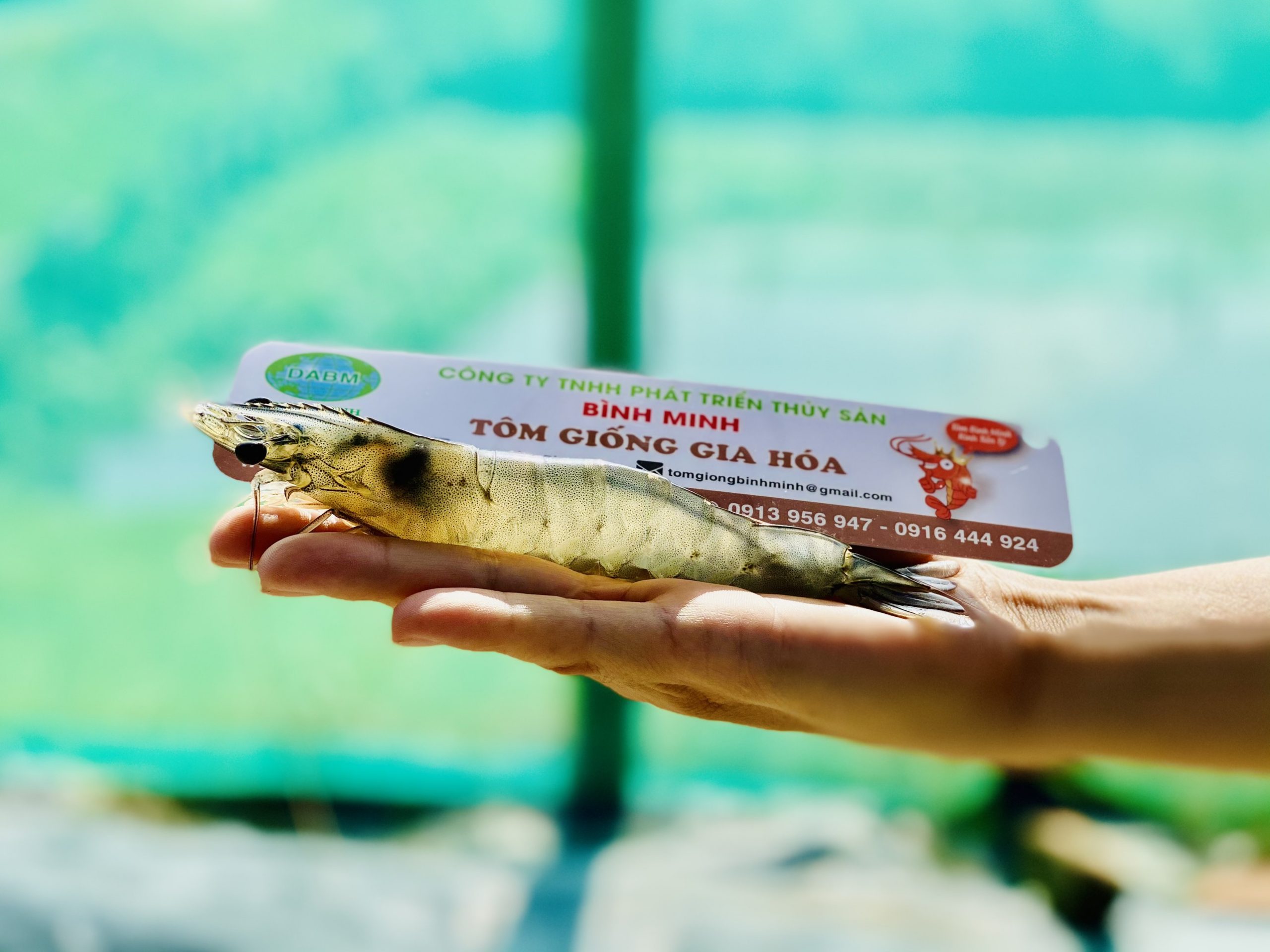

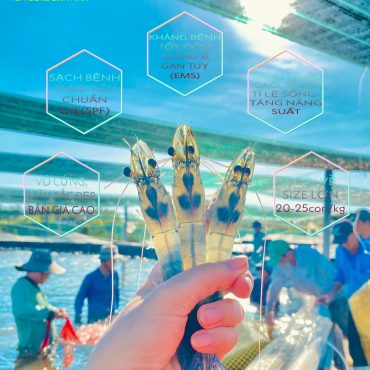
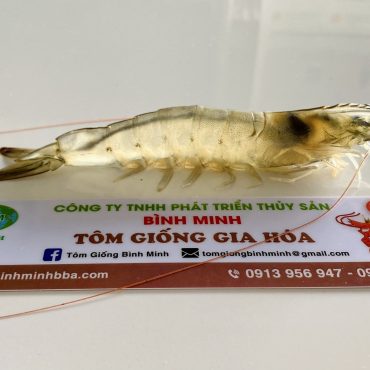
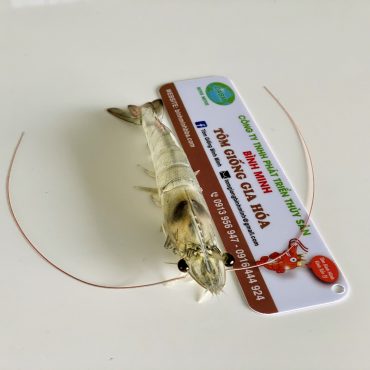
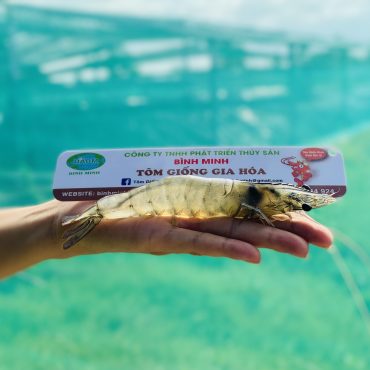
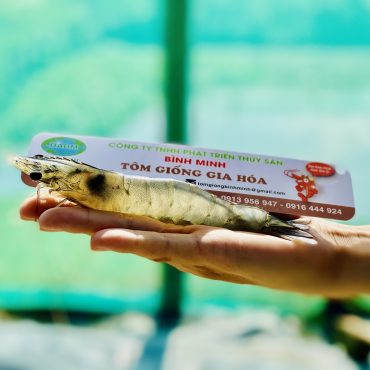
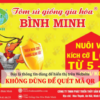
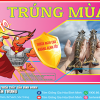

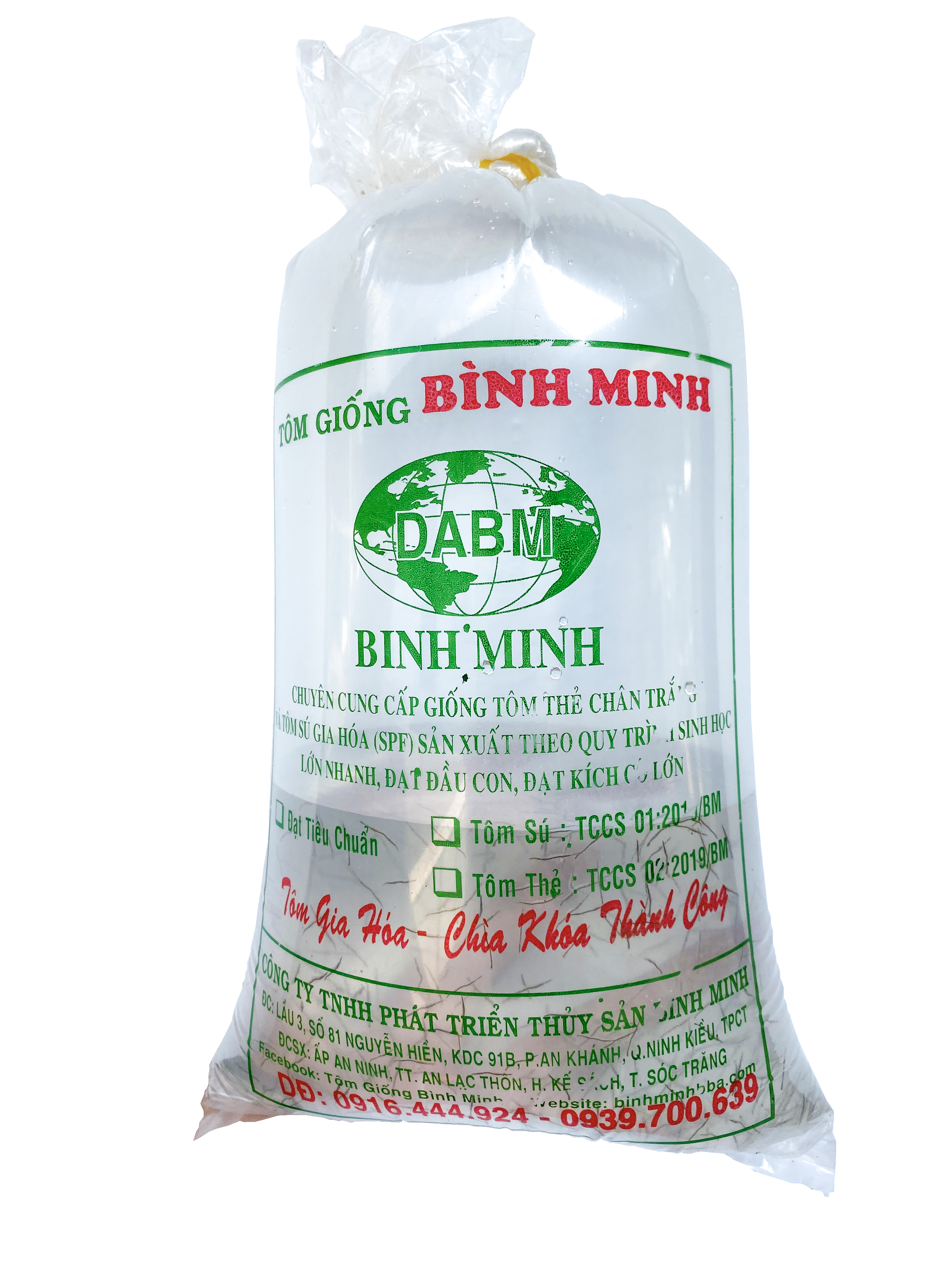
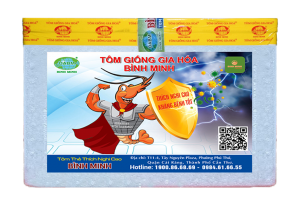
Be the first to review “The Binh Minh Domesticated White Leg Shrimp”